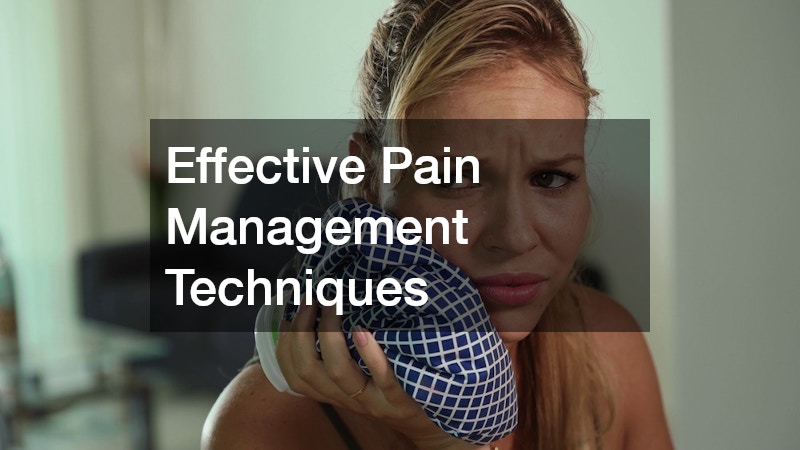After undergoing a tooth extraction, proper aftercare is critical to ensure a smooth and healthy recovery. In this article, we will explore the essential do’s and don’ts of tooth extraction recovery. By understanding how to care for yourself after treatment, you can minimize discomfort, prevent infection, and promote faster healing.
How long does it take to recover from a tooth extraction?
Typical Recovery Timeline
Recovery from a tooth extraction typically takes about one to two weeks. In the first 24 hours, it’s normal to experience swelling, bleeding, and mild pain. Over the next few days, a blood clot forms in the socket to protect the bone and nerves while tissue begins to heal. By day four or five, swelling and pain usually subside, and most people can resume normal activities within a week. Complete bone healing, however, can take several months.
Warning Signs of Slow Recovery
While mild soreness and swelling are normal, certain symptoms may signal delayed recovery. Persistent bleeding, throbbing pain beyond a few days, foul odor, or visible bone in the socket could indicate a condition like dry socket or infection. If these symptoms occur, contact your dentist or oral surgeon immediately for evaluation.
Tips to Speed Up Recovery
To promote faster recovery after a tooth extraction, follow your dentist’s aftercare instructions carefully. Keep the gauze pad in place for the first few hours and avoid disturbing the blood clot. Use a cold compress to reduce swelling, stay hydrated, and get plenty of rest. After 24 hours, rinse your mouth gently with warm salt water to keep the area clean. Avoid straws and smoking, as suction can dislodge the clot and cause complications.
What foods should you eat after a tooth extraction?
Recommended Foods
Soft, nutrient-rich foods are best for recovery. Options include mashed potatoes, yogurt, smoothies, scrambled eggs, and soups that are not too hot. These foods are easy to chew and swallow, reducing the risk of irritating the surgical site.
Foods to Avoid
After a tooth extraction, avoid crunchy, hard, spicy, or sticky foods. Items like nuts, chips, popcorn, and chewy candies can dislodge the blood clot or get trapped in the socket. Also, stay away from very hot foods and drinks, as they may increase bleeding or swelling.
Meal Planning for Recovery
Planning meals ahead can make recovery easier. Stock your fridge with easy-to-eat options such as blended soups, smoothies, and yogurt cups. Gradually introduce soft solid foods, like pasta and cooked vegetables, as healing progresses. Avoid straws for at least 72 hours, and eat smaller, frequent meals to maintain energy levels without putting stress on your mouth.
How to manage pain after tooth extraction?
Effective Pain Management Techniques
Pain management after a tooth extraction involves a combination of rest, medication, and simple home remedies. Applying an ice pack for 15 minutes at a time helps minimize swelling and numb discomfort. Keeping your head elevated also helps reduce pressure and inflammation.
When to Use Pain Medication
Most patients can manage mild pain with over-the-counter medications such as ibuprofen or acetaminophen. Your dentist may prescribe stronger pain relievers if the extraction was complex. Always follow dosage instructions and avoid taking medication on an empty stomach.
Understanding Normal vs. Abnormal Pain
Some discomfort and swelling are normal in the first few days after a tooth extraction. However, severe or worsening pain, especially when accompanied by a bad taste or fever, may signal infection or dry socket. If this occurs, contact your dentist promptly for treatment.
What activities should you avoid after a tooth extraction?
Physical Activities and Exercise
Avoid strenuous activities, heavy lifting, or exercise for at least 48 hours after your tooth extraction. Increased blood flow can disturb the clot and cause bleeding. Light walking is fine, but rest should be your priority during the initial healing phase.
Oral Hygiene Practices
Maintaining oral hygiene is important, but you should modify your routine after a tooth extraction. For the first day, avoid rinsing or brushing near the extraction site. From day two onward, gently brush your teeth, avoiding direct contact with the healing socket. Use salt water rinses to keep the mouth clean.
Work and Daily Routine Adjustments
If your job involves physical labor or talking frequently, consider taking a couple of days off to rest. Avoid bending over or lying flat immediately after the procedure. Keeping your head elevated will help minimize bleeding and swelling.
Following these do’s and don’ts can help ensure a faster, smoother, and more comfortable recovery after a tooth extraction. By eating the right foods, managing pain properly, and avoiding harmful activities, you reduce the risk of complications and support optimal healing. Always follow your dentist’s instructions closely and seek help if you notice signs of infection or delayed recovery. With proper care and attention, your mouth will heal efficiently, helping you get back to your daily routine with confidence and comfort.

